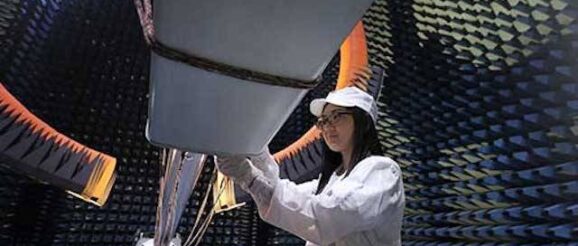Huawei underscores commitment to innovation in latest white paper – Back End News

Huawei Technologies Co. Ltd (Huawei), a multinational technology company with headquarters in Shenzhen, Guangdong, reaffirmed its commitment to continuing innovation even amid a global health crisis.
At the Forum on Innovation and IP Prospects in 2021 and Beyond, Huawei executives presented the company’s milestones on innovation and intellectual property (IP) management as well as its investment in research and development from as far back as the 1990s. Huawei is also the largest patent holder in China.
With 100,000 active patents in more than 40,000 patent families worldwide, Huawei has become one of the world’s largest patents and the company attributes this to sustained investment in innovation. Huawei filed its first patent application in China in 1995, and its first patent application in the United States in 1999. In 2008, the World Intellectual Property Organization listed Huawei as No. 1 in terms of the number of patent applications filed under the Patent Cooperation Treaty (PCT) for the first time. In 2019, Huawei ranked No. 2 in Europe and No. 10 in the US in terms of the number of patents granted.
“Innovation has been at the core of Huawei’s business since the company was founded,” said Jason Ding, head of Huawei’s Intellectual Property Rights Department. “Our 2020 white paper lists the number of patent applications Huawei filed, or our R&D and innovation activities, in the late 90s and early 2000s. Huawei’s worldwide patent applications were on par with other industry leaders in the early 2000s, and Huawei’s success today is a result of its long-term investment in innovation and R&D.”
Ding noted that Huawei estimates it will receive about $1.2 billion-$1.3 billion in revenue from patent licensing between 2019 and 2021. He also announced that for every multi-mode 5G smartphone, Huawei will provide a reasonable percentage royalty rate of the handset selling price, and a per-unit royalty cap at $2.5.
“Huawei has been the largest technical contributor to 5G standards, and follows fair, reasonable and non-discriminatory (FRAND) principles when it comes to patent licensing,” Ding said, “We hope that the royalty rate we announced today will increase 5G adoption by giving 5G implementers a more transparent cost structure that will inform their investment decisions moving forward.”
“In releasing its license fee structure for 5G standard-essential patents (SEPs), Huawei is promoting the widespread adoption and use of standards designed to ensure interoperability, reliability, and transparent competition, while at the same time providing a fair return for investment in R&D,” said Francis Gurry, former director-general of World Intellectual Property Organization (WIPO).
